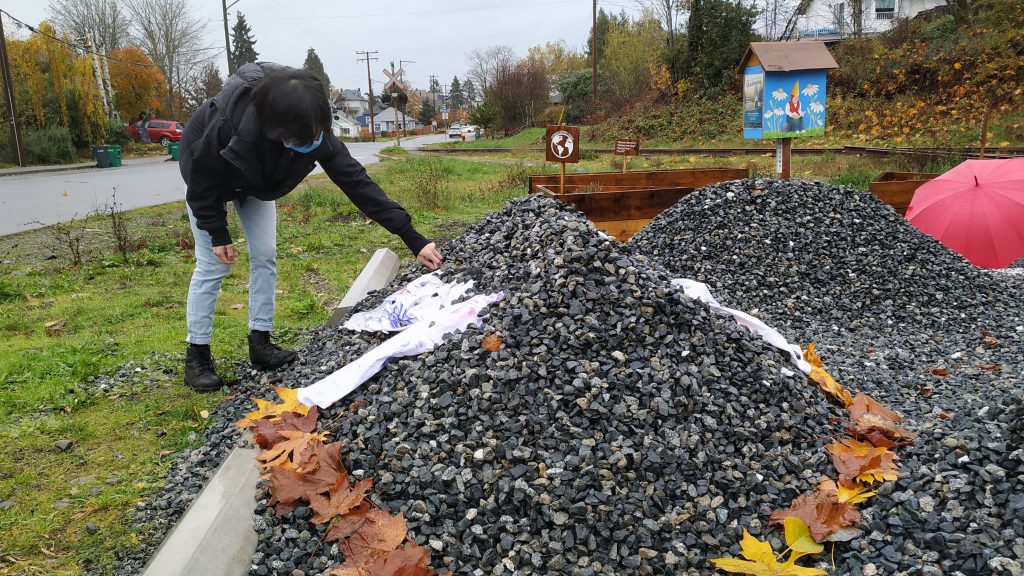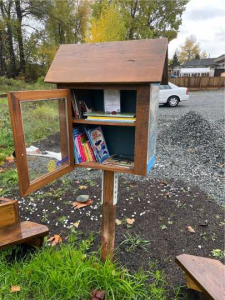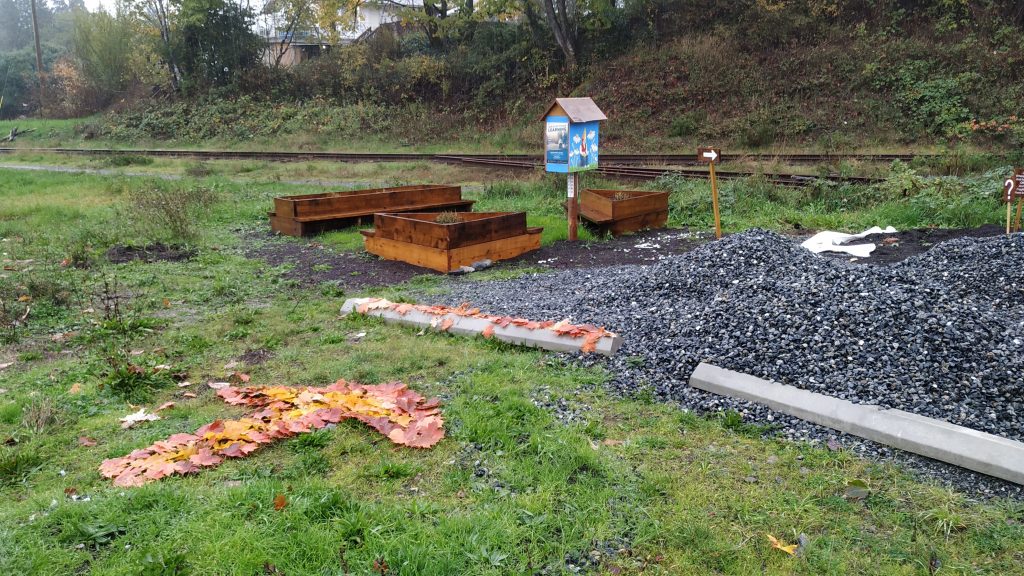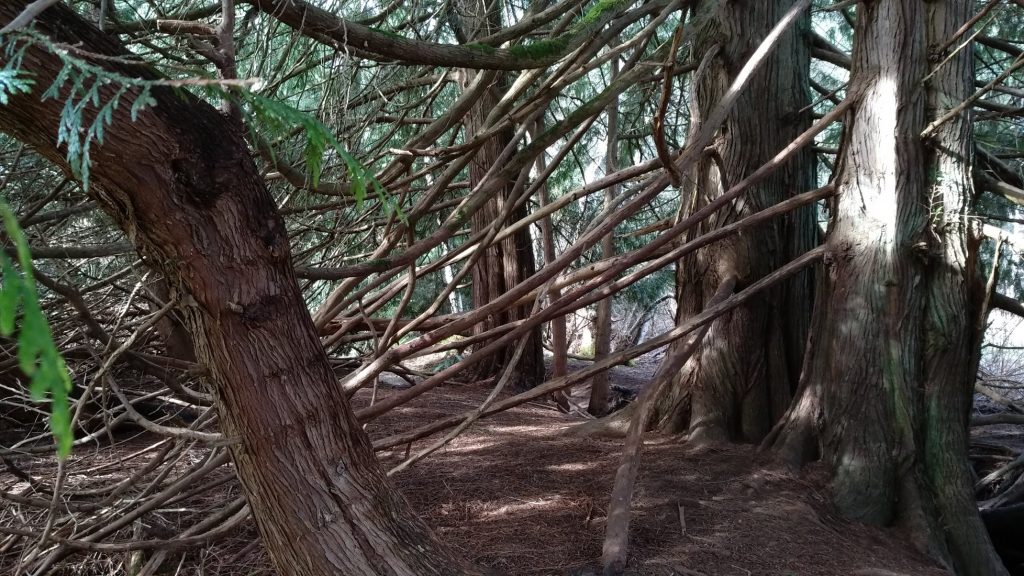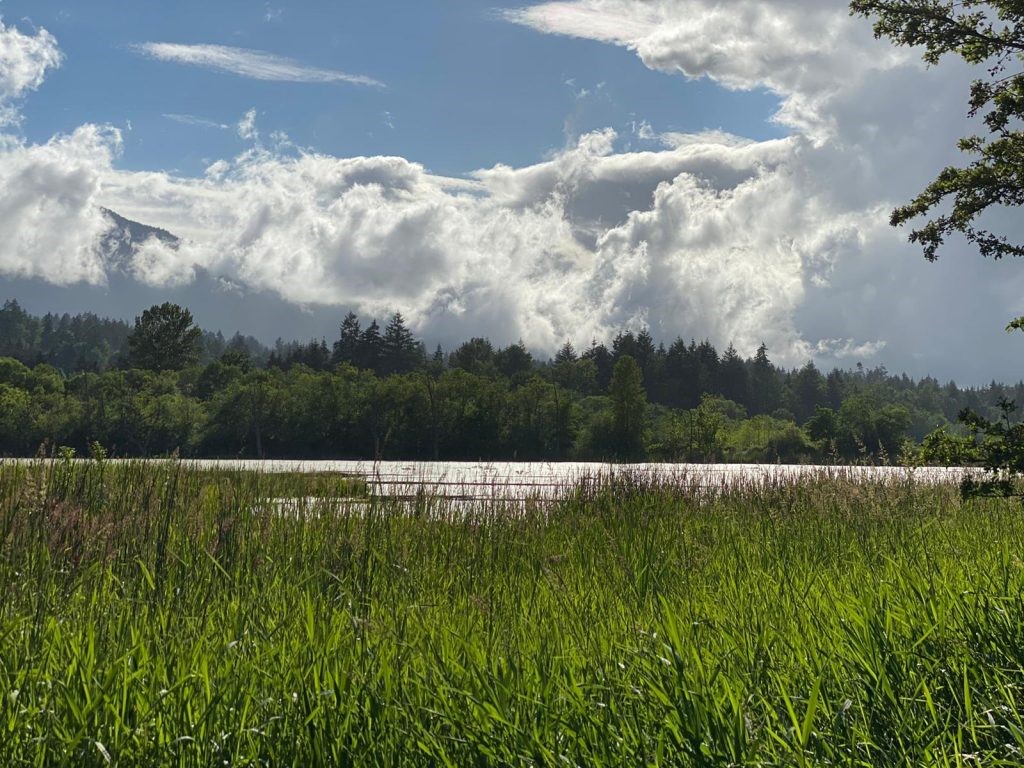We have known how beneficial the outdoor is for children. According to BC Early Learning Framework (2019), “Environments are integral to well-being and learning” (p 22). In addition, there are three elements that weave environments (Early Learning Framework, p. 22):
- Space and place
- Materials
- Time: rhythms and flows
The weather finally got sunny this weekend, so I’d like to show you how these three elements look like in my neighborhood, The Abyss Trail.
- Space and Place
- Materials
- Time: rhythms and flows
I was amazed by how the scenery has been changed in the fall. What I have received from nature is not just the beautiful scenery and crisp air, also the energy from the land and plants. All of those precious gifts allow me to relax, recharge, and sort my mind. As a way to engage with the world, I took some photos of art that was created by nature. The first and the second art were probably man-made. I was curious how come the moss only grew along with the pattern. The third one looked spooky, which was perfect for Halloween, I like how those fallen leaves decorated the entrance of the trail. Likewise, even just the shadow could make beautiful art as the fourth photo present. I had a lot of fun while walking the trail and appreciated the natural art, and kind of understood why Andy Goldsworthy is obsessed with it.
As a future educator, I would like to create more opportunities for children to connect to nature, allow them to choose their own natural resources, and give them time to make anything that is meaningful to them. In addition, supporting and encouraging them, or participating in their plays/ experiments if they want me to.
References
Andy Goldsworthy. (n.d.). Artnet.com. http://www.artnet.com/artists/andy-goldsworthy/
Government of British Columbia. (2019). British Columbia early learning framework. Victoria: Ministry of Education, Ministry of Health, Ministry of Children and Family Development, & British Columbia Early Learning Advisory Group.

